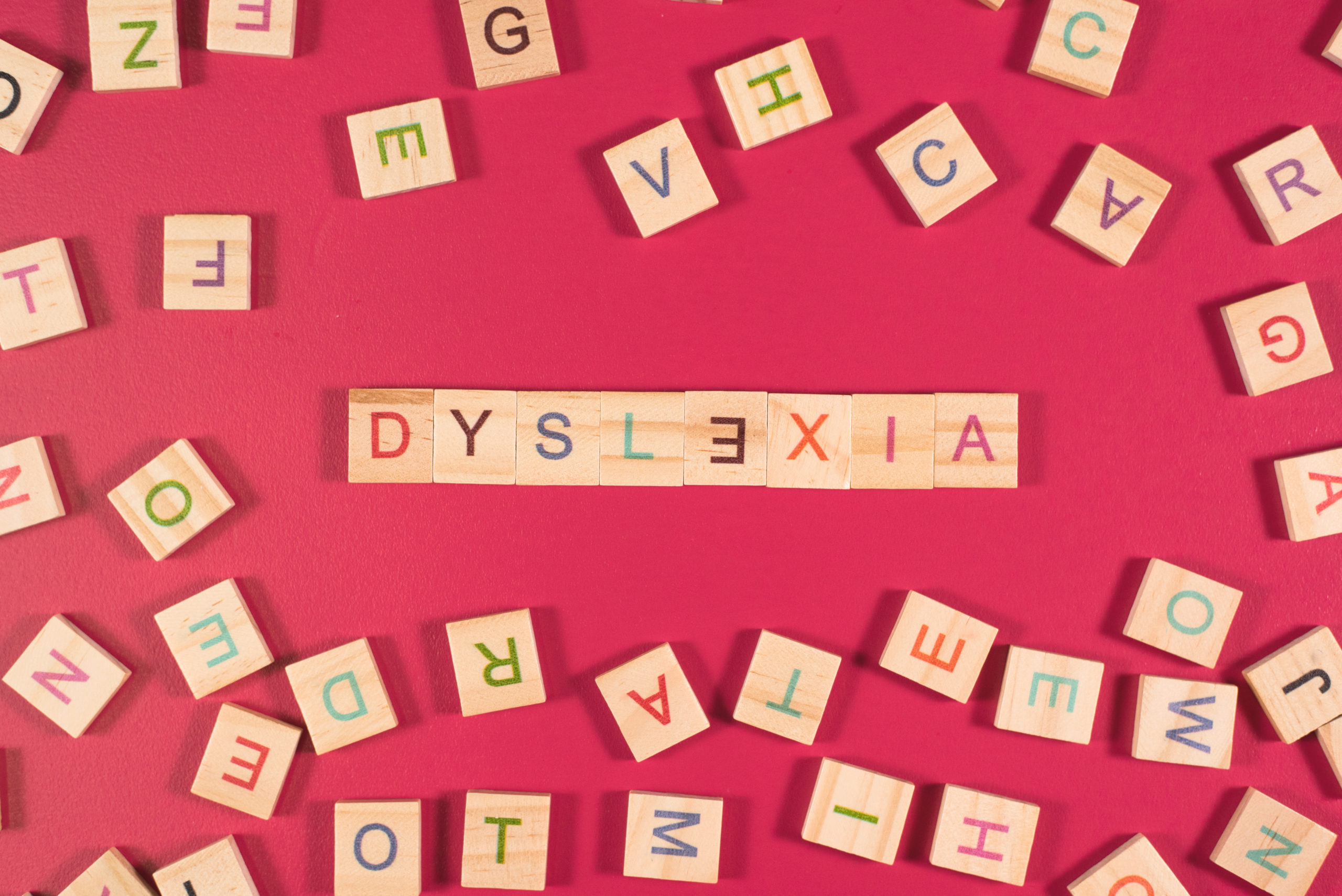
What Parents Need to Know to About Dyslexia and the Alphabet
Dyslexia is based in the phonological system of the brain. Dyslexia causes difficulty with the phonology of language, also known as the sound system of language. When a child has difficulty with their phonological system, they don’t understand how language can be broken into sounds or that the sounds can be manipulated. Luckily, children who have dyslexia can strengthen their phonological skills and learn to read. This is usually done through systematic, explicit instruction of phonemic awareness skills and phonics. This begins with direct instruction in the alphabetic principle.
The alphabetic principle is the sound-symbol relationship in our language. We have letters or patterns of letters that make certain sounds. Learning the names of the letters of the alphabet and the corresponding sounds are the first step in this type of instruction. For a child to learn to read, they have to understand the sound-symbol relationship, retrieve each sound needed, hold the sounds in their working memory, and blend them together to make a word. This process may be slow at first, but becomes more automatic with practice. Over time with direct instruction, practice, and skill gains a child who has dyslexia will be able to read text at their independent level consistently. When this has been achieved, a child with dyslexia can then work on reading at an appropriate rate with proper phrasing and expression, as long as decoding and comprehension are not sacrificed.
Research has often looked for ways to aid individuals with dyslexia. It has been shown that increased spacing within and between words increases the reading speed of both people who are dyslexic and people who are not 2. A child who has dyslexia may also have a preference for a certain font which puts more spacing between letters or words. In LightSail’s Personalized Reader, a child can choose word spacing and font size which may benefit individuals with dyslexia. A parent is able to do this in the initial set up, along with other selecting other supports that may benefit their child. LightSail’s library contains thousands of books as well as audiobooks and non-fictions texts. Children get excited to read in LightSail for its gamification features, where they can set goals and earn badges. LightSail has something for every reader.
1 Marinus, E., Mostard, M., Segers, E.., Schubert, T. M., Madelaine, A., & Wheldall, K. (2016). A special font for people with dyslexia: Does it work and, if so, why? Dyslexia, 22: 233-244.
2 Masulli, F., Galluccio, M., Gerard, C., Peyre, H., et al., (2018). Effect of different fonts sizes and spaces between words on eye movement performance: An eye tracker study in dyslexic and non-dyslexic children. Vision Research, 153, 24-29.
Posted on 10.Oct.21 in Dyslexia











